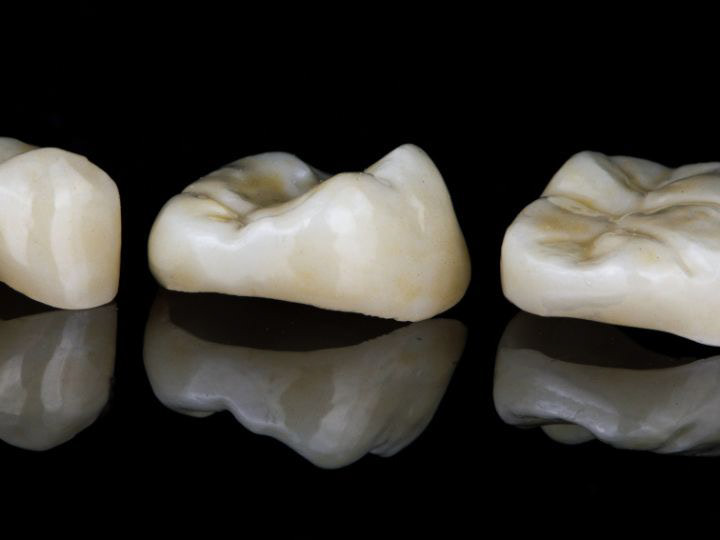The Benefits Of Porcelain Inlays And Onlays For Restoring Damaged Teeth
Dental inlays and onlays are a popular solution for restoring damaged teeth. They are made of porcelain, a material that offers several benefits over traditional tooth restoration options. In this article, we will discuss the advantages of porcelain inlays and onlays for restoring damaged teeth and why they are a preferred choice for many dental patients.
The Advantages of Porcelain Inlays and Onlays
Porcelain is a strong and durable material that can withstand the pressure of everyday biting and chewing. It is also resistant to staining and discoloration, making it a great option for restoring teeth that are visible when smiling or speaking. Additionally, porcelain inlays and onlays can be custom-made to match the color of the patient's natural teeth, ensuring a seamless and natural-looking restoration.
One of the biggest benefits of porcelain inlays and onlays is that they can provide a more conservative treatment option compared to traditional dental crowns. A dental crown is used to entirely cover a damaged tooth, while an inlay or onlay is used to restore a specific area of a tooth, such as the cusps or biting surfaces. This means that less tooth structure needs to be removed to place an inlay or onlay, making them a more conservative treatment option.
Another advantage of porcelain inlays and onlays is that they can provide a longer-lasting solution compared to traditional fillings. Fillings are made of materials such as composite resin or amalgam, which can wear down over time and require replacement. Porcelain inlays and onlays are more durable and can last for many years with proper care and maintenance.
Comparison with Traditional Dental Crowns
While porcelain inlays and onlays offer many benefits, they are not always the best option for every patient. In some cases, traditional dental crowns may be the better choice. For example, if a tooth is severely damaged or decayed, a dental crown may be necessary to fully protect and restore the tooth.
Additionally, dental crowns are often recommended for teeth that are located in the back of the mouth, such as molars, which are subject to more wear and tear and more biting and chewing pressure. Porcelain inlays and onlays are typically used for teeth located in the front of the mouth, such as incisors and premolars, which are subject to less wear and tear.
The Procedure for Placing Porcelain Inlays and Onlays
The procedure for placing porcelain inlays and onlays is typically completed in two appointments. During the first appointment, the dentist will numb the area around the damaged tooth and remove any decay or damage. An impression of the tooth will then be taken and sent to a dental laboratory where the inlay or onlay will be custom-made to fit the patient's tooth.
During the second appointment, the dentist will place the inlay or onlay onto the patient's tooth and make any necessary adjustments. The inlay or onlay will then be bonded to the tooth using a strong dental cement.
Conclusion
Porcelain inlays and onlays are a great option for restoring damaged teeth. They offer many benefits over traditional tooth restoration options, including strength, durability, and a natural-looking appearance. They can also provide a more conservative treatment option and a longer-lasting solution compared to traditional fillings. If you have a damaged tooth and are considering a tooth restoration, talk to your dentist about the option of porcelain inlays and onlay.
Contact Your Healthy Smile if you're looking for a dentist to fix your hole in gums.

